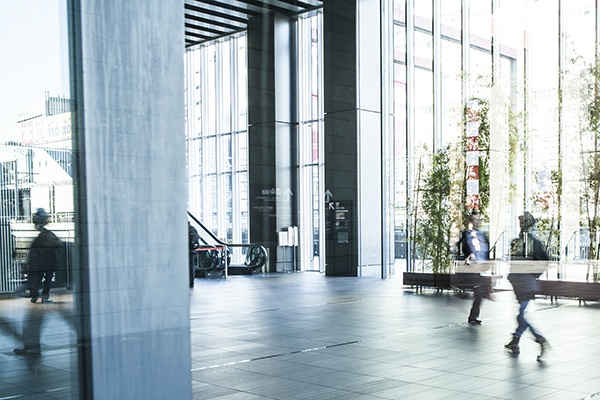 There are three things to remember CAMs -- alternatively referred to as common area maintenance or common area management charges. First, they're really a form of rent. Second, they don't only apply to common areas. Third, they can be a significant part of your total occupancy cost. Read on to learn more about the CAM, how it impacts you and how to manage it.
There are three things to remember CAMs -- alternatively referred to as common area maintenance or common area management charges. First, they're really a form of rent. Second, they don't only apply to common areas. Third, they can be a significant part of your total occupancy cost. Read on to learn more about the CAM, how it impacts you and how to manage it.
What Is a CAM?
While you are probably very aware of your occupancy cost, have you ever thought about the expenses that your landlord incurs to provide the building that you occupy? He has ownership expenses, like paying his mortgage and having a manager prepare his building's statements. Additionally, he also has to get your building's floors waxed, and keep the lights on, and paint stripes on the parking lot, and maintain the elevators, and on and on. It used to be that these costs were included in the rent and, in some markets where full service or gross leases are common, they still are.
However, in more and more parts of the country, landlords are unbundling their rents. So, you pay an occupancy charge that covers the use of the building, providing the landlord with a return on his investment in the building. At the same time, you also pay your CAM charges, which cover your share of the building's operating expenses.
How Are CAMs Calculated?
CAMs are a function of three factors:
-
Your space's area
-
The property's total area
-
The property's annual operating costs for the common area
For example, let's calculate the CAMs for your 12,000 square foot space in a 300,000 square foot mid-rise office tower with $4,200,000 in annual operating costs. You would divide the building's 300,000 square foot size into your 12,000 square foot space to find that you occupy 4 percent (12,000 divided by 300,000 is 0.04) of the building. You then multiply your 4 percent "pro-rata share" of the building by the $4.2 million in expenses to find that you have annual CAMs of $168,000 (4,200,000 times 0.04 equals 168,000).
Calculating CAMs on a per-square-foot basis is relatively simple. Divide the property's operating costs by its size. In this building, dividing the $4.2 million in OpEx by the 300,000 square foot area gives you common area management charges of $14 per square foot.
What Goes into a CAM Charge and What's a Common Area?
In general, CAM charges include reimbursing the landlord for the cost of running any shared feature of the building. The most literal definition of a CAM would cover services like cleaning the shared hallways and bathrooms, repairing shared amenities like lobby fountains or elevators, and powering the lights and running the heat and air conditioning for those areas.
However, if a building has a single water connection, the entire water bill could be included in CAMs. While the water spigot in your suite might not be part of the building common area, the water service is something that gets shared in common. Some landlords include insurance and taxes in CAMs, since those expenses also benefit (or burden) all tenants of the property. Ultimately, the best way to know what is in your particular space's CAM charges is to carefully read your lease.
If you liked this article, here are more to check out:
10 Must-Know Commercial Real Estate Terms
A Tenant's Guide to Commercial Lease Clauses Part 1
Four Myths About Commercial Real Estate...Debunked
Subscribe to our blog for great CRE tips!








